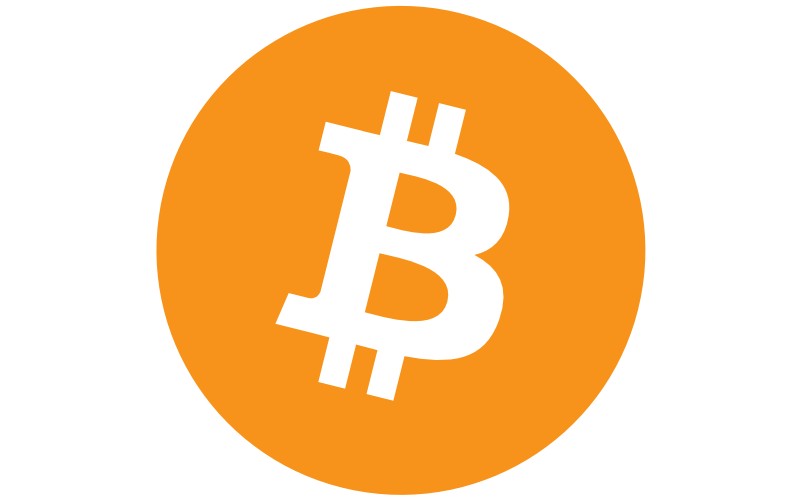The original cryptocurrency blazing a trail in decentralised payments. Launched in January 2009, this peer-to-peer online currency bypasses financial institutions.
Mission
The infamous whitepaper in 2008 spelled out a system allowing online payments to be sent directly from one party to another without going through an intermediary such as a financial institution. All transactions occur directly between equal, independent network participants.
With thousands of projects following its creative and technical lead, BTC has been the single greatest force in creating a global, passionate crypto community heavily invested – both figuratively and literally – in the future of decentralised finance (DeFi).
Use-cases
BTC started out as a promising decentralised payments service. Merchants raced to add support for the ‘currency of the future’ in its early years and it contributed massively to the growth of dark web black market Silk Road before its spectacular demise. Countries including El Salvador, which lack a central bank, intend to accept Bitcoin as legal tender. However, the volatility of its valuation has led many to question its suitability as ‘the currency of the world’.
BTC also allows the transfer of cash around the world at a far faster rate than traditional fiat currency. However, as newer coins capable of faster transactions – and specific missions such as remittance payments – build in value, this use-case is also in decline.
Many people holding on to their BTC for the long-term believe Bitcoin’s future is as a decentralised store of value, in the same vein as gold, rather than as a payments system for micro-transactions.
Founders
A mystery. The original whitepaper was written by a person, or group of people, using the alias Satoshi Nakamoto, and speculation continues as to their true identity.
While Bitcoin was not ‘pre-mined’, during its first few years Satoshi Nakamoto is believed to have mined and accumulated more than a million Bitcoin.
Economics
Computers can ‘mine’ Bitcoins by verifying transactions, which are then added to the blockchain, through the solving of complex hashing puzzles. Miners receive rewards for every block that they successfully add to the blockchain. The rewards have declined over time as the supply in circulation climbs towards the maximum of 21 million Bitcoins.
Bitcoin is a deflationary currency, meaning its total supply is limited. Unlike a fiat currency such as the US dollar, the hard, predictable rules over the supply are intended to preserve value over time. Fiat currencies are subject to inflation as central banks print more money, decreasing their value.
